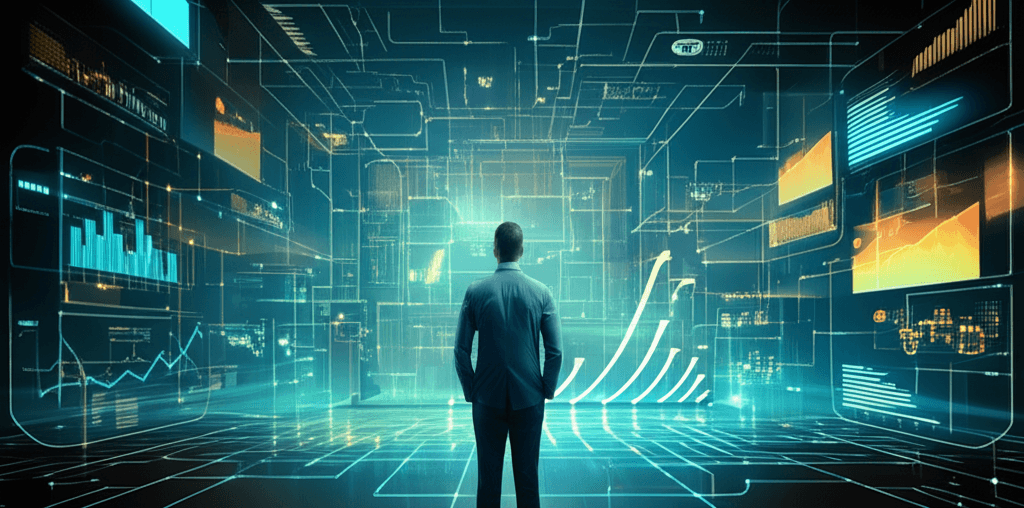Anthropic's Amodei Proves AI Safety Drives Billion-Dollar Enterprise Boom
Dismissing "doomer" labels, Anthropic's CEO leads a safety-first AI revolution, achieving explosive enterprise success.
August 1, 2025

In the rapidly evolving landscape of artificial intelligence, Anthropic CEO Dario Amodei has emerged as a central figure, navigating the complex intersection of groundbreaking innovation, profound safety concerns, and a fiercely competitive market. Amodei has recently pushed back against critics who label him a "doomer" for his outspokenness on AI risks, clarifying his motivations and the strategic vision behind his company, which has seen explosive growth in the enterprise sector.
Amodei's focus on AI safety is deeply personal, rooted in the death of his father from a disease for which a cure was found only a few years later.[1][2] This experience fuels his sense of urgency to realize the benefits of AI while simultaneously acknowledging and mitigating its potential dangers.[1][2] He rejects the "doomer" label, stating he gets "very angry" when people suggest he wants to slow down AI development.[3][1] Instead, he argues that understanding the immense potential upside of AI necessitates a sober assessment of its risks.[4] He believes that addressing these risks is the primary obstacle to achieving a fundamentally positive future with AI.[4] Amodei sees a duty to warn the world about potential downsides, even if the future is uncertain, as a way to ensure the technology's benefits are realized.[3]
The decision to leave OpenAI and establish Anthropic in 2021 was a pivotal moment in Amodei's career. He has clarified that his departure was not, as some have speculated, due to disagreements over OpenAI's commercialization or its partnership with Microsoft.[5][6] The core issue, he explains, was a fundamental difference in vision and a loss of trust in the leadership's sincerity.[5][1] He felt it was more productive to create a new organization with a clear and distinct vision for AI safety rather than engage in internal debates.[5][6] With a group of trusted colleagues who shared his concerns, Amodei founded Anthropic as a public benefit corporation with a mission to build reliable, interpretable, and steerable AI systems.[7][8] This approach, which he calls a "race to the top," aims to lead by example, proving that a safety-conscious approach to AI can be both ethical and profitable.[5][9]
Anthropic has deliberately targeted the enterprise market, a strategy that sets it apart from consumer-focused competitors like OpenAI.[10] Amodei believes the business use of AI will ultimately be more significant than consumer applications.[3] This enterprise focus provides better incentives for improving model capabilities, as advancing a model from an undergraduate to a Ph.D. level in a field like biochemistry holds immense value for pharmaceutical companies.[3][11] The strategy has proven successful, with Anthropic's revenue growing exponentially. The company's annualized recurring revenue reportedly went from zero in 2021 to $100 million in 2023, a billion in 2024, and is projected to be well above $4 billion in 2025.[3][11] This rapid growth is largely driven by enterprise adoption in sectors like finance, healthcare, and legal services, with code generation being a particularly strong driver.[11][12][13] Companies are moving beyond pilot programs to full-scale deployment of Anthropic's models.[12]
In conclusion, Dario Amodei's leadership at Anthropic is defined by a dual commitment to advancing AI capabilities and ensuring its safe development. He actively refutes the "doomer" characterization, framing his focus on risk as a necessary component of unlocking AI's immense potential for good.[4] His departure from OpenAI was a move to establish an organization fully aligned with this vision, one that aims to lead the industry through a "race to the top" in safety and responsible innovation.[5][9] By concentrating on the enterprise market, Anthropic has carved out a distinct and highly successful niche, demonstrating the commercial viability of its safety-first approach and significantly influencing the trajectory of the entire AI industry.[10][11]
Sources
[3]
[5]
[6]
[8]
[10]
[11]
[12]
[13]